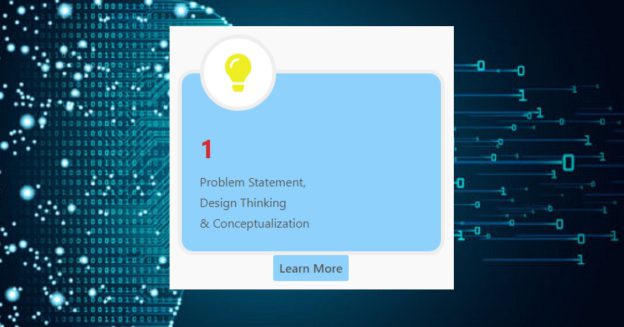Conceptualization & Design
Stage 1 of 3
PC#: ST1-M2-PSD
From Primary Project Design to Protocol
Module 2-PSD
About the Project-Course | At-a-Glance
Within the Framework of the 3-Stage Experiential Collaboratory Project-Course series, ST1-M2-PSD is a Stage 1 (ST1) – Module 2(M2), Practice-Scholar-Led Design (PSD) conceptualization Project-eCourse (for project-based e-learning) which challenges Practice-Scholars to lead initiation of a collaborative experiential/real-world Primary Project design conceptualization culminating in a protocol (ST1-M2-PSD), building on project topic formulation in the previous 1st module (Stage 1-Module 1 | ST1-M1). More specifically, ST1-M2-PSD is a generic Project-Course (with applicability across many disciplines) which offers a project-based e-learning framework integrating step-by-step academic guidance on conceptualization and summarizing of health solutions, the design of epidemiologic &/or data analytics investigations, and project protocols. Applicability across many disciplines includes public health, healthcare/clinical, program evaluation, molecular, or any other health-related/cross-level investigation (including any investigations meeting IRB-qualifying ‘research’ definition or non-research determination).
What Participants Will Learn-by-Doing in Stage 1/Modules 1 & 2 Experiential Collaboratory Project-Courses (incl. Generation of Publications)
100% Online
~100% Online A-V materials incl. Webinars, tutorials, sml grp discussions, eConferences & eJournals
Enrollment Formats
~Dual-enrollment (university program supplement), or
~Independent project
Duration/Length
~Module 1: Varies, typically 8-12 wks,
~Module 2-PGD: Varies, typically 12-14 wks
~Module 2-PSD: Varies, typically 12-14 wks
Program Pacing & Starting/Intake Cycles
~Self-paced, start anytime, or
~Preceptor-paced, semi-annual start
Intermediate Level
~Prerequisites through HIIT-CIISLearnetwork
Interactive & Collaborative through Peer-Reviewed Publications
Peer-reviewed output milestone publications through:
~eConferences (2 x) & eJournals (6 x publications) in Stage 1, Modules 1&2
~Webinars & grp discussions
Project-Based, Experiential & Mentored Learn-by-Doing
~Learner-led primary project, dovetailing
~Preceptor-guided demo project
International Preceptor Faculty & Peer Reviewers
~Internationally benchmarked training
~International faculty/preceptors & peer-reviewers
Who Should Enroll & Placement Entryways to Enrollment:
Stage 1 within a 3-Stage Project Framework for Experiential Collaboratory Project-Course Series
Flow-Diagram & Summary:
Stage 1 | Modules 1 & 2 Summaries | Output Milestones At-a-Glance
ST1/Stage 1 of the Experiential Collaboratory Project-Course series guides program participants progressively through Modules 1 & 2 output milestones to accomplish project startup from concept to protocol as briefly outlined below:
Module 1 | Project Topic Conceptualization & Initiation
Project initiation steps beginning with framing of the primary topic /problem of interest as a problem statement, rationale/purpose, research question &/or hypothesis, and defining aims and objectives
Module 2 | Project Design, Conceptual Abstract & Protocol
Design thinking & further project conceptualization culminating in generation of a conceptual abstract, expanded conceptual summary report and a protocol, i.e. consolidating a project title, aims & objectives, background & rationale, methods (epidemiologic design framework and analyses) and expected real world applicability of the anticipated final output/results/solution.
-The progressive approach through Modules 1 & 2 also includes ascertainment of consistency and logical connections across the key sections.



